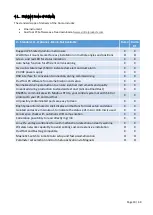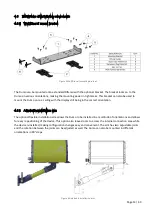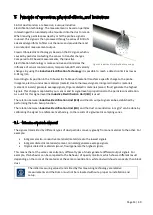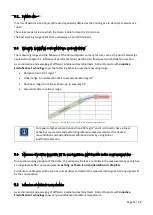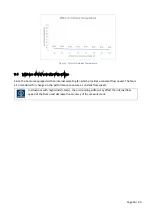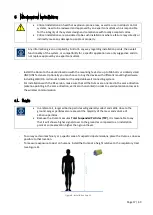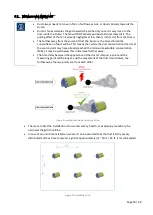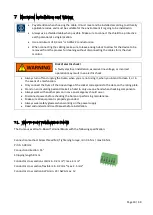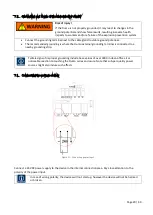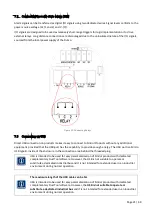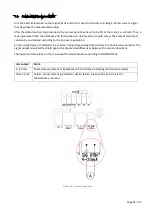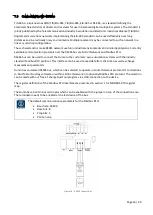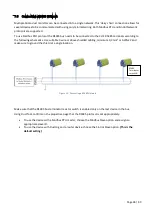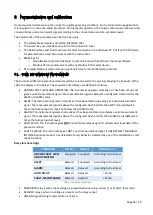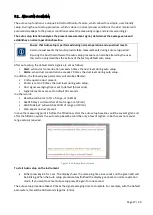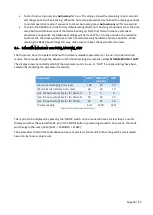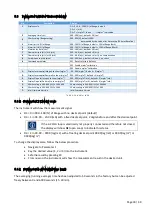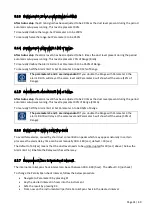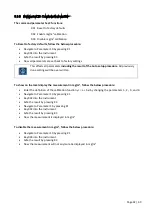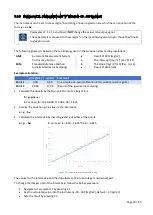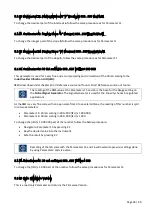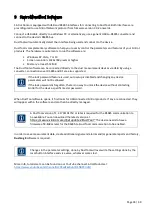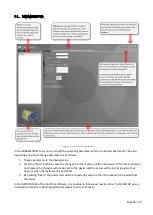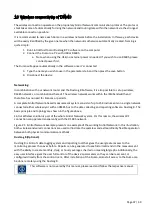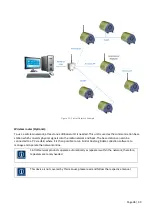
Page 23 | 49
7.5
Connecting the RS-485 bus
TIA-485-A, also known as ANSI/TIA/EIA-485, TIA/EIA-485, EIA-485 or RS-485, is a standard defining the
electrical characteristics of drivers and receivers for use in balanced digital multipoint systems. The standard is
jointly published by the Telecommunications Industry Association and Electronic Industries Alliance (TIA/EIA).
Digital communications networks implementing the EIA-485 standard can be used effectively over long
distances and in electrically noisy environments. Multiple receivers may be connected to such a network in a
linear, multi-drop configuration.
These characteristics make RS485 network useful in industrial environments and similar applications. Currently
available communication protocols over the RS485 bus are Sintrol Network and Modbus RTU.
RS485 bus can be used to connect the Dumo to the customers’ own automation systems with the industry
standard Modbus RTU protocol. This interface can be used to read data from the Dumo as well as change
measurement parameters.
Dumo has an isolated RS485 bus, which can be selected to operate in Sintrol Network protocol for connections
to DustTool or DustLog software or within a Sintrol Network, or optionally Modbus RTU protocol. The selection
can be made with our free-of-charge DustTool program via a USB-connection to the device.
The register definitions of the Modbus RTU interface are presented in section: 15.2 MODBUS RTU register
map.
The Dumo has a built-in bus terminator which can be enabled with the jumper on top of the connection area.
The terminator needs to be enabled at the last device of the bus.
The default communications parameters for the Modbus RTU:
Baud rate: 38400
Data bits: 8
Stop bits: 2
Parity: none
Figure 14: RS485 connections
Summary of Contents for Sintrol Dumo
Page 45: ...Page 45 49 15 Appendix 15 1 ISO 9001 certificate ...
Page 46: ...Page 46 49 15 2 MODBUS RTU register map ...
Page 47: ...Page 47 49 ...
Page 48: ...Page 48 49 ...


